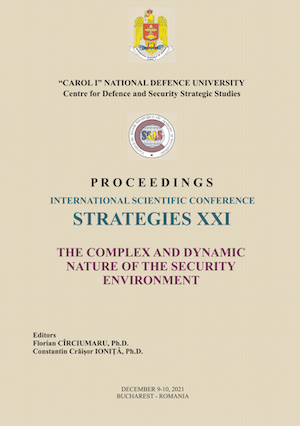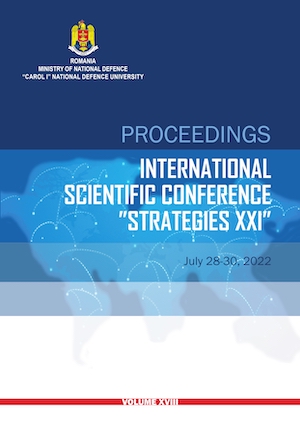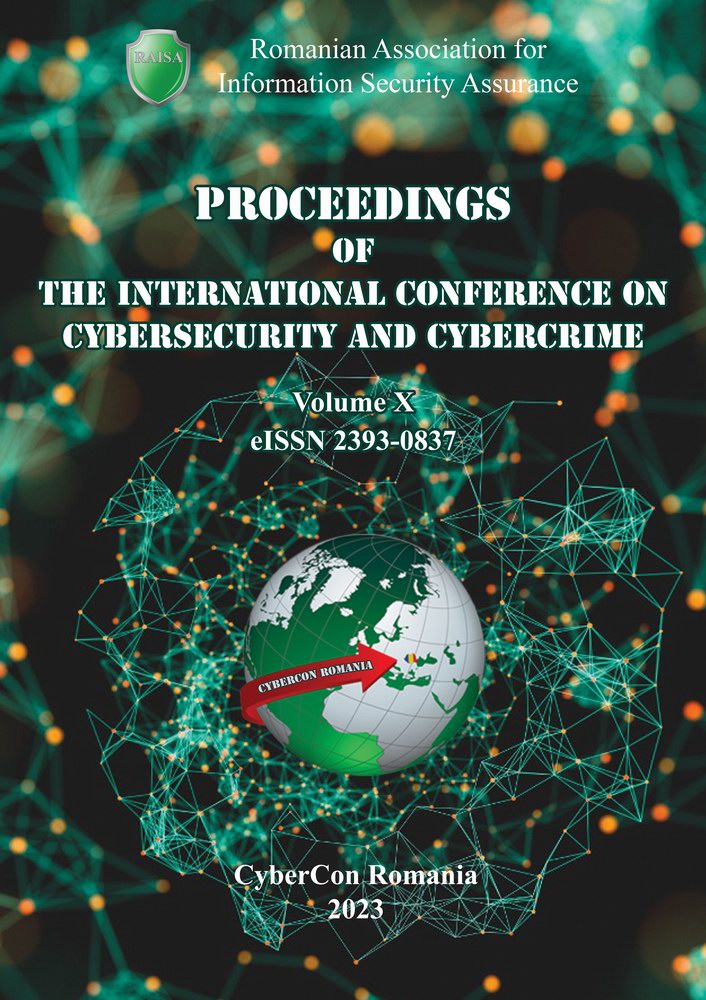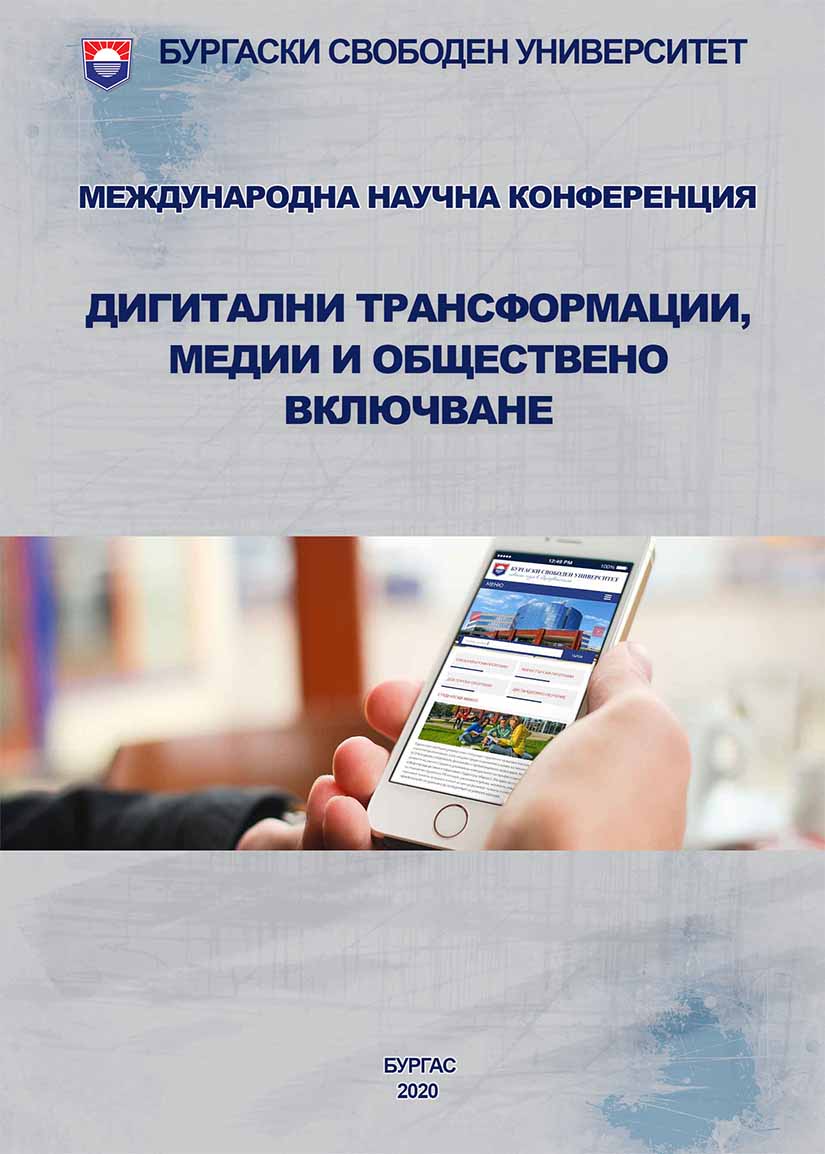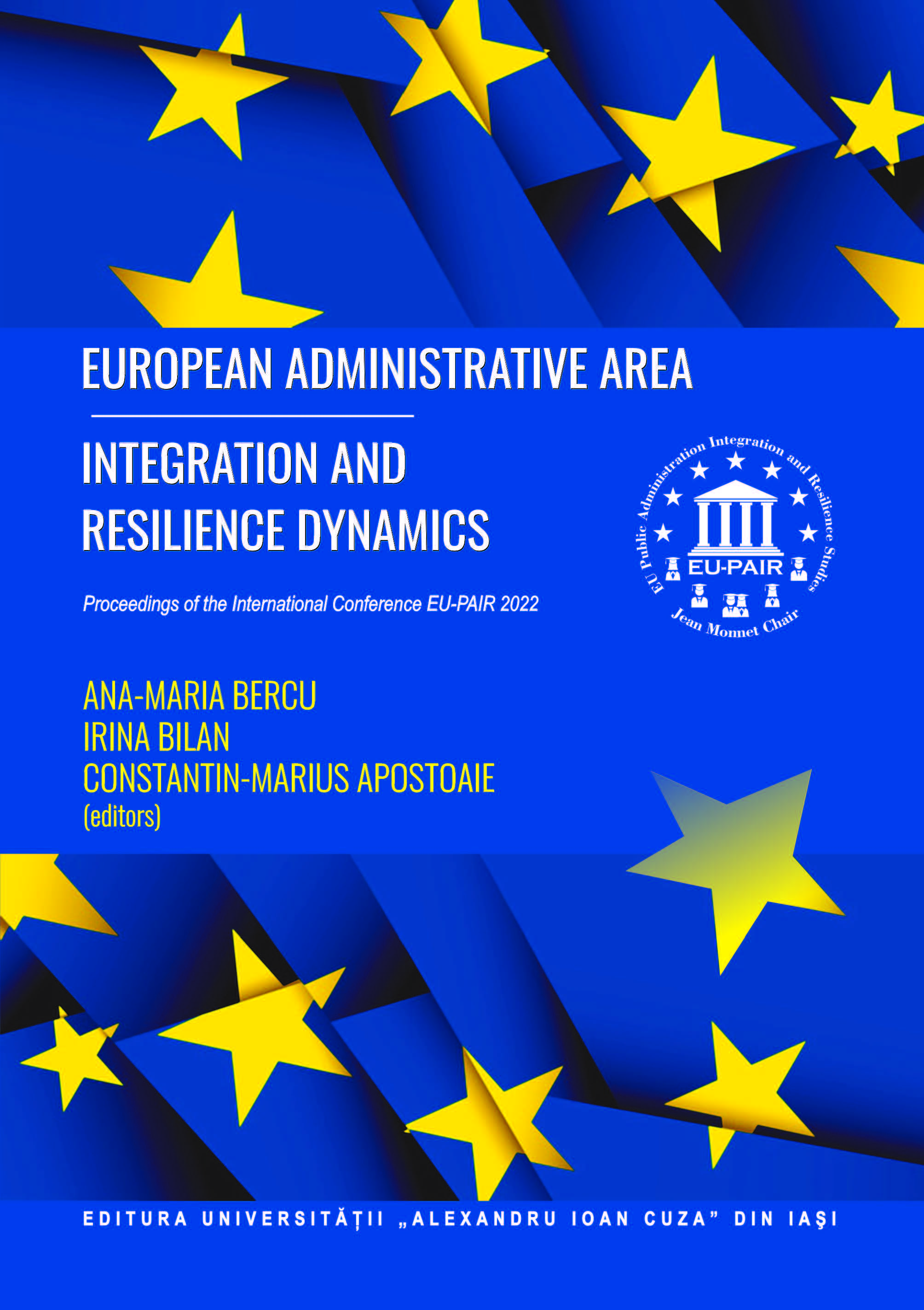Author(s): Cosmina STALIDI,Ana-Maria TUDOR,Gabriela BUCUR,George Suciu / Language(s): English
Publication Year: 0
IoT, big data analytics, and machine learning advancements have made the concept of a smart city a reality. The goal of a smart city, as we all know, is to give efficient answers to its residents using modern technology and data analytics collected by sensors. The idea of a smart city was something SF for many people in the 20th century, that was anyway pictured just in the popular media. Cities are becoming smarter not just in terms of how we can automate regular operations for individual people, buildings, and traffic systems, but also in terms of how we can monitor, comprehend, analyze, and design the city in real time to increase efficiency, equity, and quality of life for its population. A smart city goes beyond utilizing digital technology to improve resource efficiency and reduce pollution. It entails improved urban transportation networks, updated water and waste disposal facilities, and more energy-efficient lighting and heating systems. It also entails a more involved and responsive local government, safer public areas, and addressing the needs of older people. In this paper we will approach the actual smart city, what is it today; how they developed in recent years, the domains where is implemented (traffic management, healthcare, and public safety for example) and the future of smart cities in the whole world.
More...
